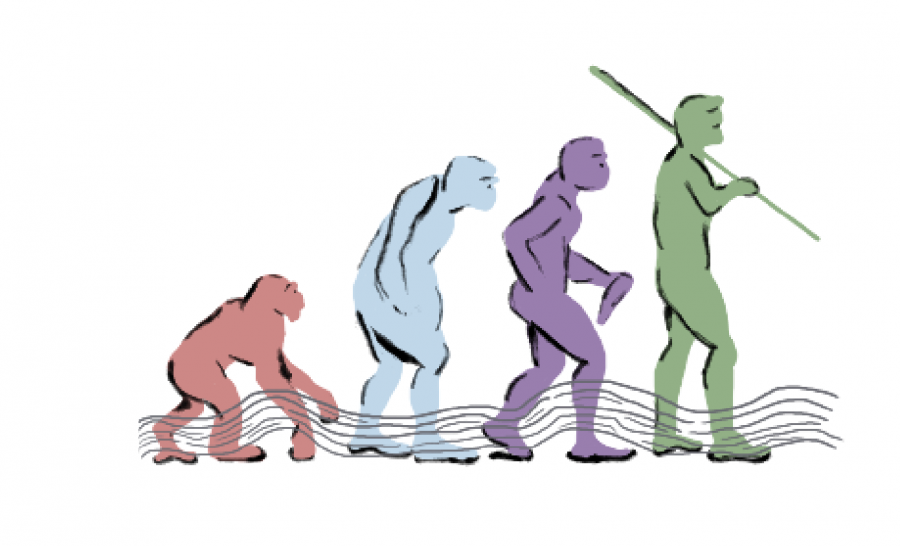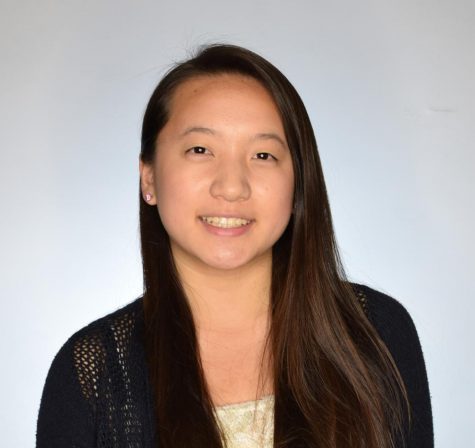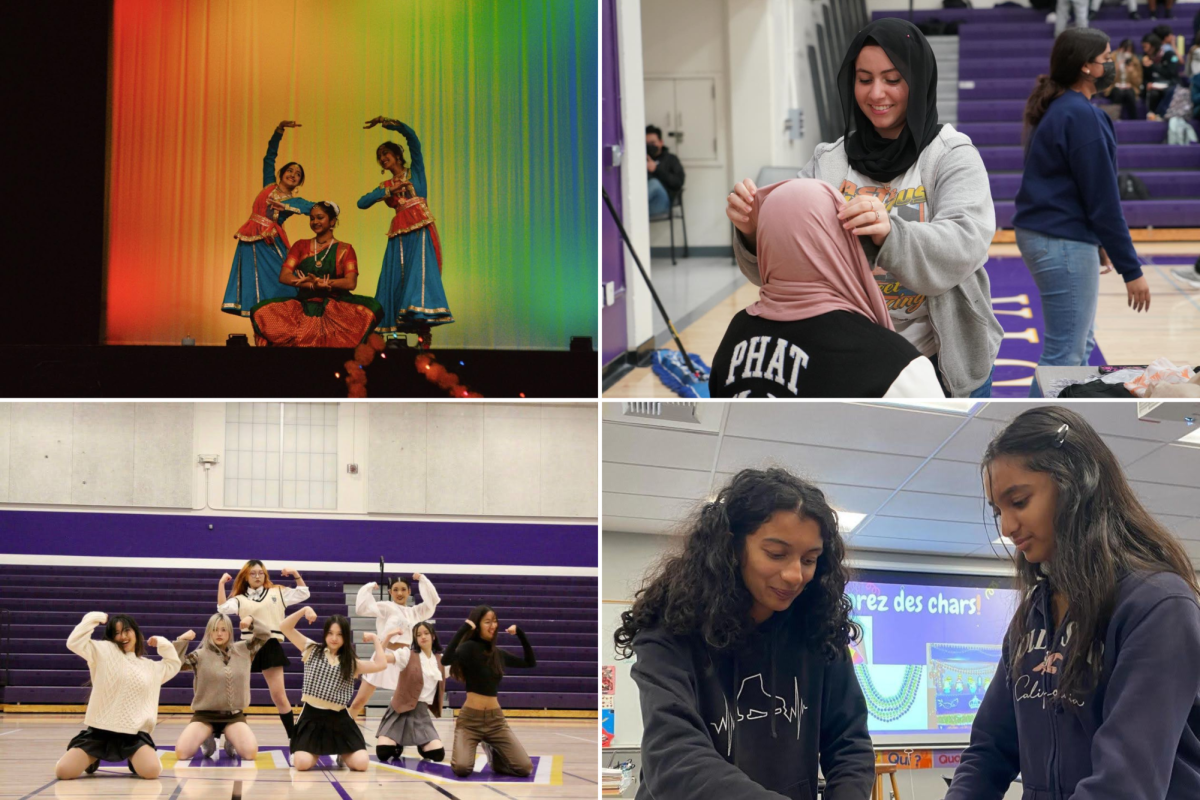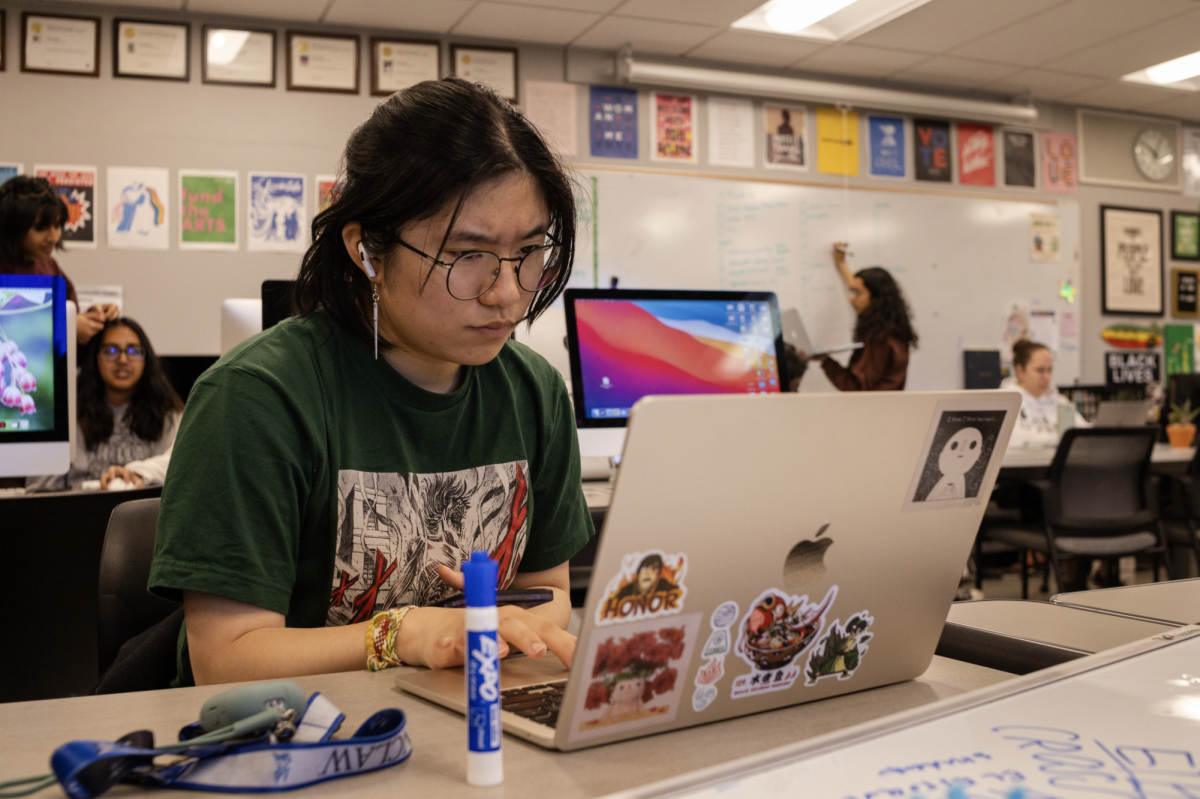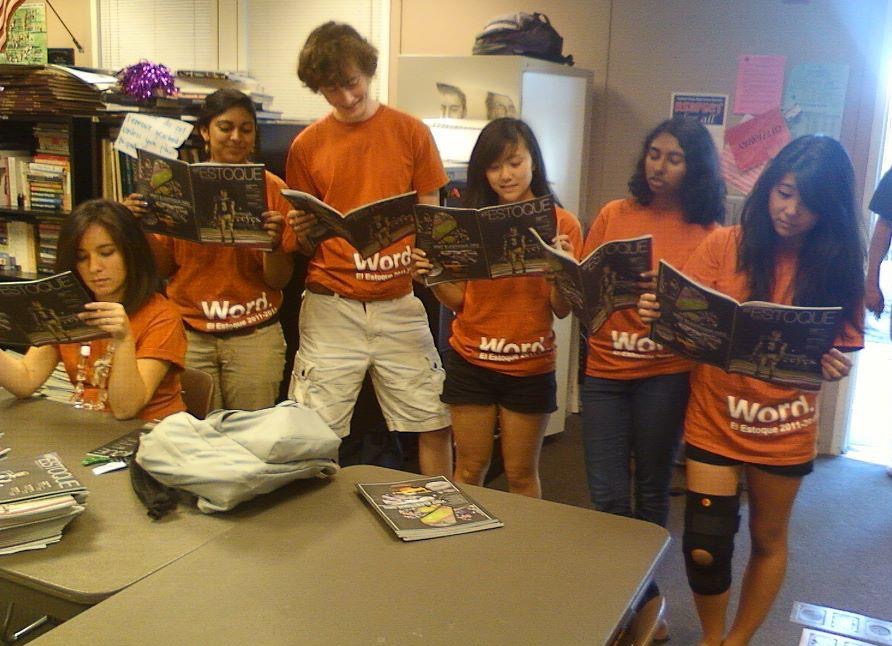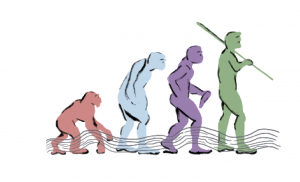
Primal fear rooted from immediate surroundings: escaping a ferocious animal, cutting through dark meadows, pushing for survival. And this fear from insecurity still extends to the modern day. We fear big exams. We fear rejection letters. We fear parental expectations.
This alarming sensation based on personal experiences is coined as “intimate fear,” according to geographer Susan J. Smith in her book “Fear: Critical Geopolitics and Everyday Life.” Yet a new type of fear has emerged and accelerated in recent human history, as societies develop and technology advances. Fear is no longer just an emotional reaction from within. Rather, fear also trickles down from above, to “inspire actions which regulate and manipulate everyday life.” It comes in shapes of government propaganda and media reports — ones that can consume an entire population. Smith calls this fear a “global fear.”
Now, global fear does not replace intimate fear, but rather runs on a parallel track. Smith writes that global fear does not consume people emotionally in everyday life as intimate fear does. Senior Darren Kopa agrees with such tendency. On a busy school morning, he fears missing important items rather than the threat of global warming.
“Everyday when I leave the house, I’m fearful that I forgot something at home,” Kopa said. “School’s about to start and I can’t go get it in time.”
Senior Grace Zhou also agrees, comparing her fear of a physics test to robots taking over the world.
“One global fear that I have is fear that we’re gonna be taken over by robots. We won’t even know it because they’re the exact same as us, in function except they’re robots,” Zhou said. “Honestly I never think about it, until someone asks me what my global fear … especially in comparison to my physics test.”
Yet the impact of a global fear cannot be diminished, as it can entirely reshape communities. English teacher David Clarke recognizes this impact through the change in media over the years. In the 70s, only a few channels dominated the media, primarily through television. Everyone knew the big channels and their 6 o’clock anchors – ABC, NBC, CBS – and stayed in the same “echo chamber.” In this echo chamber, the facts, ideas and opinions spewed by the media are “echoed,” leaving little room for radical or polarized views, only being repeated and amplified by the public.
“It’s almost like everyone was in the same echochamber. And if everyone’s in the same echochamber, in some sense there’s more debate, because you’re being exposed to people whose views are different from yours,” Clarke said. “Because these news organizations need to cater to everybody, as opposed to a narrow market.”
However, now with the advent of technology, this echo chamber has broken into different branches. News is spreading quicker and wider through emerging media outlets, but more have started to target specific groups of people, circumventing each audience’s worst fear. For one, Clarke notes how President Trump’s win in the election took many liberals by surprise. According to Jack Shafer and Tucker Doherty of “Politico Magazine,” 73 percent of all internet publishing jobs are concentrated in the liberal coasts. Thus the “journalistic groupthink” was kept in the dark from Trump’s win.
“If you don’t get outside [the echo chamber,] then you can create this situation where you’re not listening to what people with different opinions have to say,” Clarke said. “[Being in the echo chamber] makes it very difficult to understand opinions not your own, makes you tend to be less tolerant of opinions not your own, makes you surprised when you meet people with opinions that are different from yours.”
These echo chambers also lead to opposing parties discounting each other’s fears. Smith gives such example through geopolitics. The Western media trivializes Middle Eastern fear through its hyperbolic emphasis on Middle Eastern terrorism against the West. Meanwhile, bombs raid those countries on a daily basis.
Fear is still transforming, morphing and splicing into different shapes. With such amorphous clouds of fear, Gary Marcus in “The New Yorker” poses, perhaps, the ultimate question to consider. He delineates the concept of “‘metaworry’: the question of whether we are psychologically and politically constituted to worry about what we most need to worry about.” Threats to human survival are changing at rapid speed, much faster than in the primal period. Yet people are too fixated on the present, immediate fear (i.e. next day’s test) to focus on bigger threats on the long run (i.e. global warming).
Marcus suggests that due to the “inherent cognitive bias” toward immediate concerns, people are not inclined to prevent threats by more pressing, global fear. Kopa agrees.
“I think some people will take actions against global fears. I doubt the majority of our population will come to deal with it,” Kopa said. “Instead, they would hope that someone else would do that for them.”

















